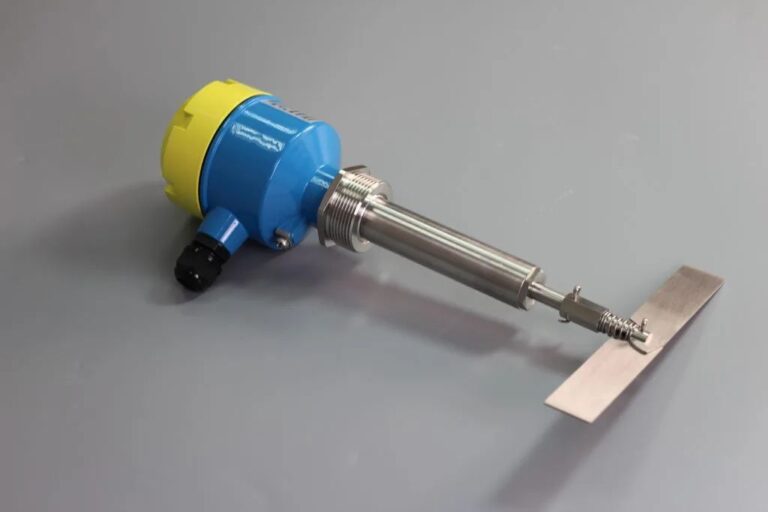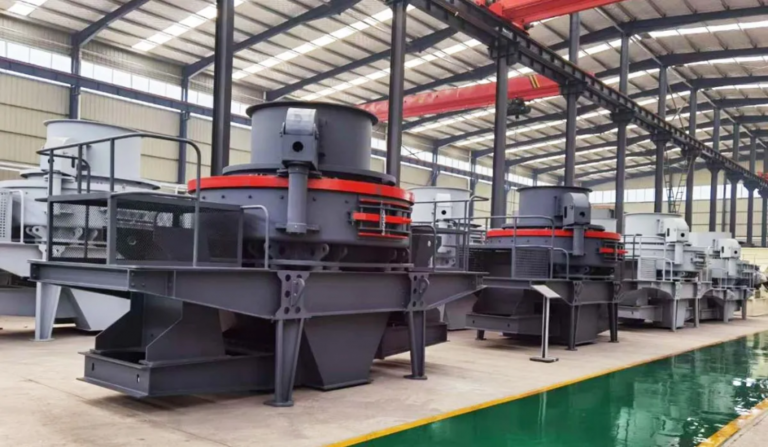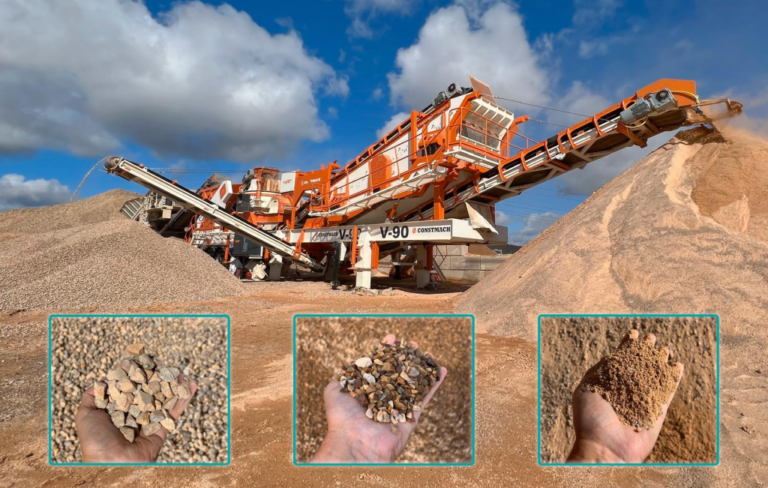Introduction:
In the sand production process, monitoring material levels is critical to ensure the smooth operation of equipment. However, sand-making machines often face harsh conditions, particularly due to high dust content.
These conditions frequently lead to malfunctions in domestically produced paddle-type level switches, as sand and dust enter the internal components of the device, accelerating the wear and tear of bearings and cores, potentially causing instrument failure or a shorter lifespan.
This article provides a professional analysis of the unique design and technological advantages of the Spin-11 paddle-type level switch in addressing these challenges.

Challenges in the Sand-making Environment:
Sand-making machines operate in extremely harsh environments where frequent impacts from stone particles and dust are common. These conditions often lead to several key issues with level switches:
Dust Infiltration: Due to the small size and large quantity of dust particles, they can easily enter the internal components of the equipment, causing damage to core parts like bearings. This infiltration compromises the reliability and stability of paddle-type level switches.
High Wear and Tear: In the sand-making process, the material involved often has large particles and high hardness, exposing the equipment to a high-wear environment. Over time, this wear can cause the switches to fail, decreasing production efficiency.
Frequent Malfunctions: In actual use, many domestically produced paddle-type level switches fail to incorporate specialized protective designs. This vulnerability leads to frequent malfunctions in dusty environments, resulting in frequent downtime and increased maintenance costs.

Technological Advantages of Paddle-type Level Switches:
To address the above issues, the Zero Instrument paddle-type level switch utilizes several design optimizations and technological improvements, significantly enhancing the reliability and service life of the equipment.
Efficient Sealing Structure: The paddle-type level switch adopts advanced sealing technology to effectively prevent sand, dust, and other fine particles from entering the equipment. This sealing not only blocks dust infiltration but also ensures the normal operation of the equipment in high-dust environments.
The sealing structure provides double protection for critical parts like bearings and cores. This design allows the device to maintain stable performance even when exposed to dust for extended periods. By optimizing the seal, the device significantly reduces the risk of internal wear caused by foreign objects, thereby extending the maintenance cycle and service life of the equipment.
Use of Wear-resistant Materials: To adapt to the highly abrasive environment of sand-making machines, the Spin-11 paddle-type level switch uses wear-resistant materials for key components. These materials offer excellent anti-wear properties, allowing the device to maintain stable operation even when frequently exposed to hard sand particles.
The use of wear-resistant materials not only enhances the device’s impact resistance but also reduces mechanical wear caused by prolonged friction. This design is particularly valuable in scenarios requiring continuous long-term operation, reducing the frequency of maintenance and lowering the total cost of ownership (TCO) of the equipment.
Dual Explosion-proof Certification for Gas and Dust: The Spin-11 paddle-type level switch has obtained dual explosion-proof certification for both gas and dust, ensuring safe and reliable operation in complex and hazardous working environments. This certification not only enhances the safety of the equipment but also expands its application scope, enabling its use in high-risk environments such as sand-making machines, chemical plants, and mines.
The dual explosion-proof design effectively prevents accidents caused by explosive gases and dust, protecting both operators and equipment. Additionally, this design improves the durability and stability of the device, ensuring efficient material monitoring in extreme conditions and reducing downtime and maintenance costs.
As a result, Spin-11 becomes an ideal choice for environments where safety and reliability are paramount.

Conclusion:
When facing harsh operating conditions like those in sand-making machines, the Spin-11 paddle-type level switch significantly improves performance in dusty and high-wear environments, thanks to its advanced sealing structure, application of wear-resistant materials, and dual explosion-proof design for gas and dust.
Compared to traditional domestically produced paddle-type level switches, Spin-11 offers superior fault resistance and a longer service life, reducing maintenance costs and increasing equipment reliability and production efficiency.
Through targeted design improvements, Spin-11 not only addresses the issues of dust infiltration and wear but also provides a stable and efficient solution for material monitoring in sand production, making it an indispensable device in sand-making machine level monitoring.
